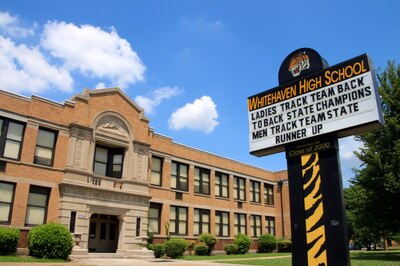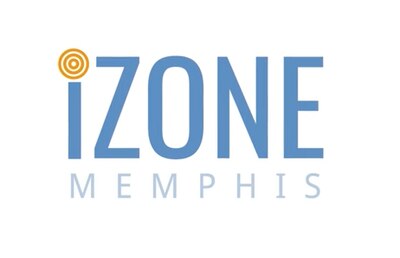One of the few qualms that Memphians have with Shelby County’s heralded school turnaround initiative is that more schools aren’t in it.
The district’s Innovation Zone has garnered national attention for its test score gains, but it’s expensive. Each iZone school requires an extra $600,000 annually to pay for interventions such as an extra hour in the school day, teacher signing and retention bonuses, and additional specialists for literacy, math and behavior.
But instead of just replicating the whole iZone model, the district is trying a few components on some of its other struggling schools.

Last year, Superintendent Dorsey Hopson launched the Empowerment Zone, a scaled-down version of the iZone for five Whitehaven-area schools in danger of slipping to the lowest rankings in the state. The iZone’s most expensive part — one hour added to the school day — was excluded, but the district kept teacher pay incentives and principal freedoms. And teachers across the five schools meet regularly to share what’s working in their classrooms.
This year, district leaders are seeking to inject iZone lessons in 11 struggling schools that Hopson would rather transform than close. His team has been meeting with the principals of those “critical focus schools” to come up with customized plans to propel them out of the state’s list of lowest-performing schools.
As part of that effort, Hopson’s budget plan calls for providing $5.9 million in supports, including $600,000 for retention bonuses for top-ranked teachers at those schools. Spread across the 11 schools, that investment would shake out to about $100,000 less per school than what the iZone spends.
“We’re trying to provide targeted academic support based on the individual school needs. And that can include a lot of our learnings from the iZone as well as a host of other suggestions,” Hopson told school board members last month.
The iZone launched in 2012 and now has 21 schools in some of Memphis’ most impoverished neighborhoods. The initiative was thrust into the national spotlight after a 2015 Vanderbilt University study found the turnaround effort had outpaced test gains of similarly poor-performing Memphis schools in a state-run turnaround district.
Overseeing the iZone has been Sharon Griffin, the former principal who has become Hopson’s chief catalyst and ambassador on school improvements happening in Tennessee’s largest district. In January, he promoted Griffin from chief of the iZone to chief of schools for the entire district.
Griffin has long touted good leadership as the key to the iZone’s successes. The turnaround model relies on placing top principals in struggling schools and giving them the autonomy to recruit effective teachers to put in front of students. Academic supports and daily collaboration across iZone schools are also important tenets.

In her new role, Griffin is trying to equip principals across the school system to carry out the district’s academic strategies and spread the iZone culture of leadership and collaboration districtwide.
The latest “critical focus” initiative represents the most significant investment so far to magnify the iZone model. It also shows the level of confidence that Hopson has in Griffin, her team, and their strategies.
“We recognize that if we truly want to turn around our schools, it can’t be just one teacher at a time. It has to be one team at a time,” Griffin said Monday. “And we know if we hire the most effective leader, they hire the most effective teachers, and we’re building a team and a cadre of greatness. … Human capital is going to be our secret weapon.”
As for which iZone components will be culled this spring for each of the 11 critical-focus areas schools, that’s under review. In keeping with the iZone model, those schools are being assessed to create a “school profile” that will determine the course for interventions. Among the possibilities: Adding staff, lengthening the school day, and ramping up after-school programs.
“We’re looking at all our schools and making sure that we’re not duplicating our resources. Then we’re taking additional resources and aligning them to one mission,” Griffin said. “We want to give our schools an opportunity to put their own spin on an aligned curriculum and professional development.”

